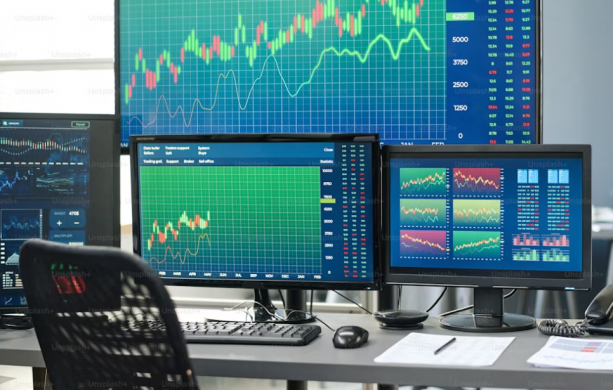Growth in trading rarely comes from finding a new indicator or switching to a different chart color. More often, the real breakthroughs happen inside the mind. Trading is unique because it exposes our strengths and weaknesses in real time—yet the same mind that notices these flaws often tries to hide them.

Sustained growth is not an overnight transformation. It is built through small mental shifts repeated consistently, especially when trading feels exhausting, confusing, or monotonous. Traders who continually evolve share certain psychological habits that allow them to push past personal limits and adapt to ever-changing markets.
Below are the core mental frameworks that support long-term progress.
1. Identity-Driven Discipline
Traders who grow consistently don’t rely on motivation—they rely on identity.
Instead of saying, “I will try to be disciplined,” they adopt the identity of a disciplined trader. Their actions flow from who they believe they are, not from fluctuating emotions. Once discipline becomes part of self-image, acting against it feels unnatural.
This shift turns discipline from a daily struggle into a natural expression of who they are.
2. Comfort With Discomfort
Trading is never meant to feel comfortable. Markets are uncertain by nature, and uncertainty creates emotional tension.
Successful traders don’t fight discomfort—they normalize it. Boredom, hesitation, fear, and frustration stop being warning signs and start becoming indicators of growth. They learn to operate effectively even when the emotional environment is challenging.
They are not ruled by discomfort; they simply acknowledge it and move forward.
3. Process Over Outcome
High-performing traders understand that good results are lagging indicators. They don’t chase immediate gains. Instead, they focus on building a clean, consistent process.
When performance dips, they don’t panic or blame themselves—they diagnose the system. This mindset turns setbacks into valuable information rather than emotional wounds.
The result? A calm, methodical approach that compounds over time.
4. Radical Responsibility
Sustained growth requires complete ownership of one’s actions and outcomes.
This isn’t about guilt—it’s about control. When traders stop blaming the market, brokers, or “bad luck,” they reclaim the power to change their results.
Radical responsibility creates an internal foundation where improvement becomes possible.
5. Mastery Through Repetition
Many traders confuse activity with progress. They constantly tweak charts, switch strategies, or chase new tools—believing that change equals improvement.
But true progress comes from repeated execution of a refined process. Showing up every day, even when it feels repetitive, builds skill, confidence, and emotional stability.
Repetition isn’t glamorous, but it is the engine of mastery.

advfn
6. Emotional Awareness Without Attachment
Successful traders don’t suppress emotions—they observe them with distance.
They recognize fear, excitement, and frustration, yet they don’t let these emotions dictate their decisions. This cognitive distance ensures that choices come from strategy and principle, not temporary feelings.
Emotional regulation is the bridge between clarity and consistent action.
7. A Long-Term Perspective
Trading success is not a lottery win; it is a gradual climb built over months and years.
Those who thrive understand that meaningful progress compounds slowly. They measure success not by intense short-term wins but by sustained growth over extended periods.
A long horizon removes pressure and supports healthier decision-making.
Final Thoughts
Sustained growth in trading is not about finding the perfect strategy—it’s about building the psychological foundation that allows a trader to execute consistently, adapt intelligently, and learn continuously.
Your trading becomes more powerful the moment you shift from chasing results to cultivating the mindset that produces them.
Learn from market wizards: Books to take your trading to the next level


 Hot Features
Hot Features












